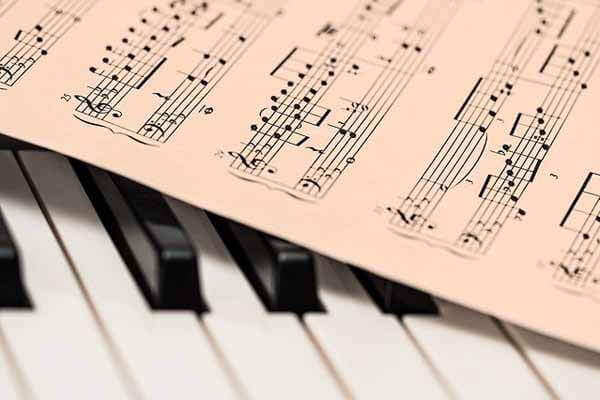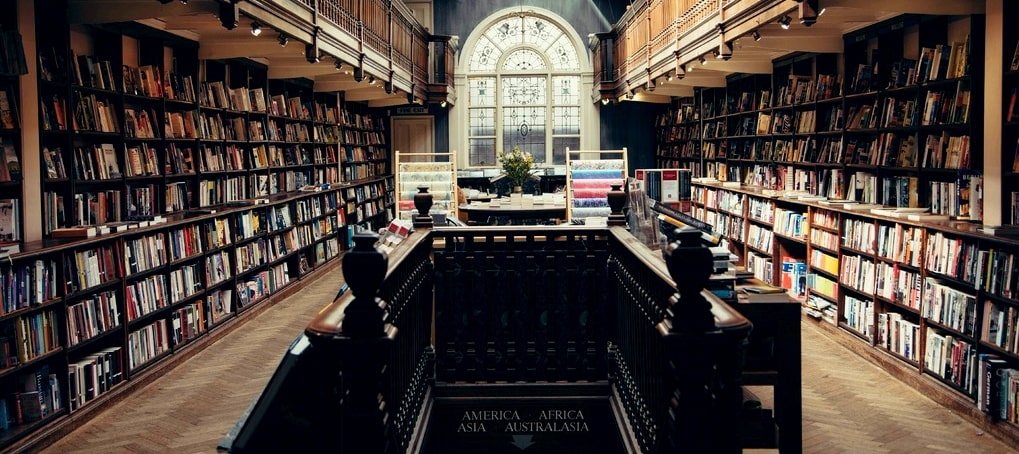We present to you the best essay on music therapy for students and children.
The essay on music therapy
Music is an integral part of everyone’s life. The world of sounds draws us in and fascinates us, changes our state from calm to excited, supports us in difficult moments, sets us up for work, distracts us from bitter thoughts. As V.A. Sukhomlinsky said, music is the most miraculous, the most subtle means of attracting the good, beauty, humanity. As gymnastics straighten the body, so music straightens the human soul.
The term “music therapy” translates to “treatment with music. There are many definitions of music therapy. A large number of scholars consider music therapy as an adjunct to psychotherapy, while other authors define music therapy as the use of music in the treatment, rehabilitation, education, and upbringing of children and adults. Music therapy is aimed at the prevention, improvement of psycho-emotional and behavioral disorders, correction of personal development, the rehabilitation of the person using.
Music therapy has several advantages, such as the harmlessness, ease, and simplicity of use, the ability to control. Also, music therapy is one of the most important methodological tools that affect the psychological health of the child.
Music therapy has a healing effect on a person’s psychological health. With the help of music therapy can simulate emotions; lift the mood, reduce anxiety, form feelings of inner peace, joy, to create a positive emotional background. Listening to music develops the child’s musical perception and helps to develop musical hearing and especially its emotional component.
To calm and relieve the child’s emotional tension, use: Beethoven “Symphony 6” – part 2, Schubert “Ave Maria”, Chopin “Nocturne in G Minor”. etc.
Also, a great influence on the development of the child has sung. Performing songs, children feel the music more deeply, more actively express their emotions. While singing children become less tense and their mood increases.
In the process of systematic work, using different types of musical activities (listening to music, choral singing, dancing, playing musical instruments), the child’s all-round development occurs, his inner world is enriched by new musical impressions, the mastery of various musical skills takes place.
Music therapy is a special form of work with children that uses music in any form (recording, listening to records, playing musical instruments, singing, etc.). Music therapy makes it possible to activate the child, overcome negative attitudes and relationships, to improve the emotional state.
Both individual and group music therapy are distinguished. Individual music therapy promotes the improvement of relationships and relieves nervous and psychological tension.
Group music therapy is constructed so that participants actively communicate with each other so that communicative-emotional relations arise between them.
Creative activity is the most powerful means of relieving tension. It is especially important for those who cannot “speak out”; it is much easier to express one’s fantasies in creativity than to tell about them.
Music therapy develops a sense of inner control, opens up new abilities, and increases self-esteem.
The main areas of music therapy are listening to music and performing.
One of the most common problems in preschool that requires music therapy is the child’s adaptation to kindergarten.
It is necessary to devote time to play. Both quiet and moving games should be used. The music should match the play, for example, E. Grieg’s “Morning” to quiet games, and “Trepak” from Tchaikovsky’s “The Nutcracker,” etc. for moving games. All this creates a cheerful atmosphere, counteracting the emotionally negative state of the child.
Very important for the class selection of the musical repertoire. The use of classes of all types of musical activity of children: musical – rhythmic movement, singing, playing, playing on musical instruments. Thus, musical perception rises to a higher level.
It is necessary to use active music-making, which contributes to an increase in self-esteem, overcoming ambivalent behavior.
Active music therapy includes playing musical instruments, singing, and dancing.
Vocal therapy is especially indicated for depressed, lethargic children. Of great importance is the “anonymity” of feelings, “hiding” in the mass, which helps to overcome contact disorders. contact, to the assertion of one’s own feelings and healthy experience of one’s own bodily sensations.
When performing Russian folk songs, children become more interested in Russian folk art, children become relaxed, emotional, they formed moral and personal to works of Russian folk art, dances, and roundelays, playing children’s musical instruments. Of particular value is the combination of singing with dance movements, which are reduced to exercises in tension and relaxation.
Dance is a form of social contact; through dance, the ability to relate to each other is improved. Dance-movement therapy is the only therapy that uses a lot of free space. Motor behavior expands in dance, helping awareness of conflicts, desires, and can facilitate the living out of negative feelings and release them.
There are two directions in music therapy:
The first is a perceptual activity where children sing, play an instrument, and they listen;
The second is based on the method of “release of creative forces,” through which the child creates in music, dances, improvises melodies with his or her voice or on an instrument.
Music therapy can be an effective method of treating childhood neuroses, which are affecting more and more children today.
Music therapy can create the optimal conditions for the development of children, educating them about aesthetic feelings and taste, getting rid of complexes, revealing new abilities.
Music therapy helps build character, standards of behavior enriches the inner world of the child vivid experiences, fosters a love of music, shapes moral qualities and an aesthetic attitude toward the environment.
Summarizing the above, it should be noted that music therapy is an important component in the development of each child, as it brings a positive, as in the life of the children, and in everyone’s inner world. Music with its rhythm, melody, variety, conveys an infinite range of feelings and moods and has a healing effect on the psychological health of everyone.
In my work, I use music therapy in all kinds of musical activities.
We hope you enjoyed our essay on music therapy. You could share an essay on music therapy on social media with your friends.



